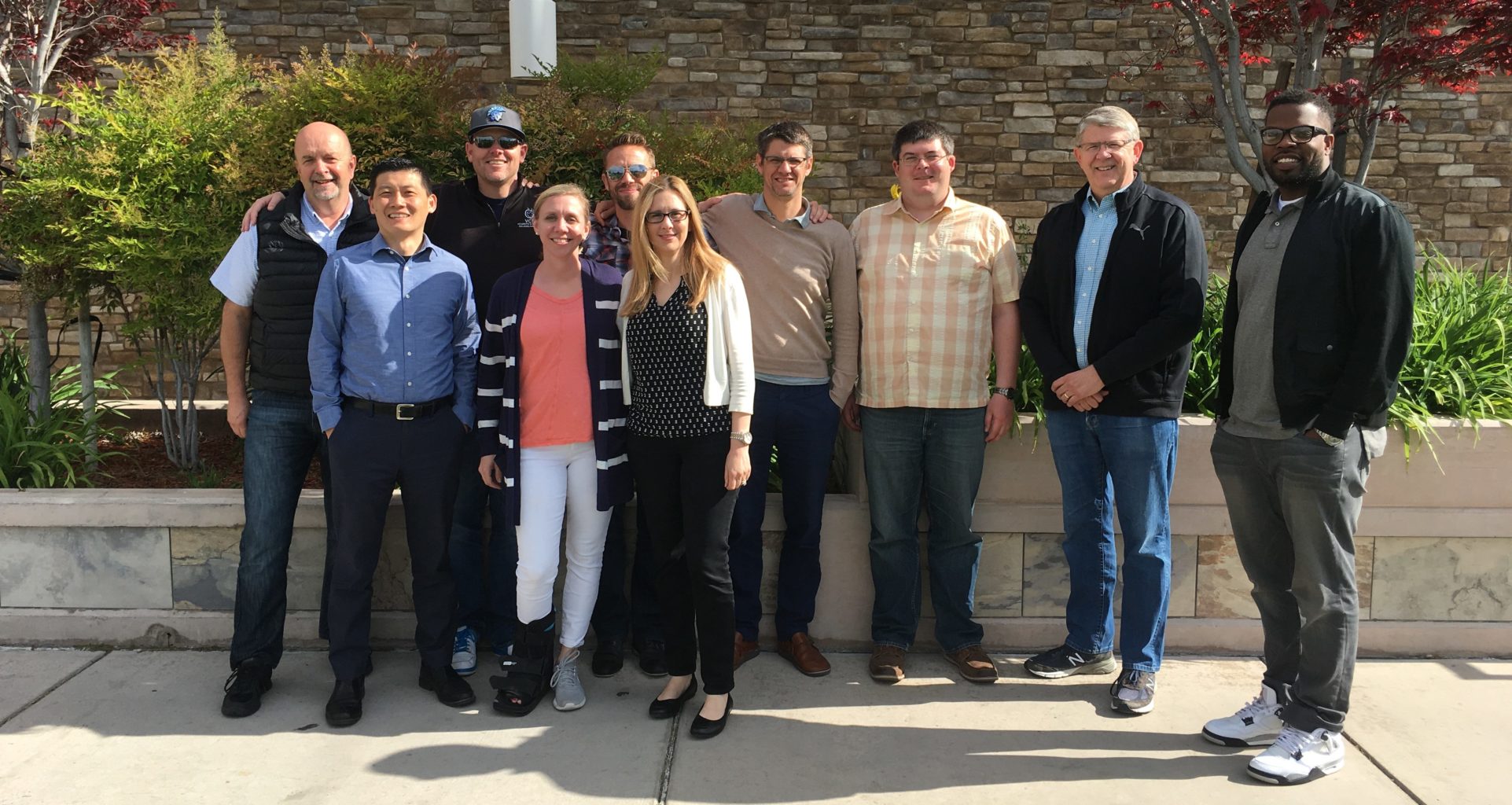A group of 60 Christian education leaders developed the following seven MindShift principles over the course of two years. They are not distinct and separate, but rather cascade from one to the other. Leaders and schools who participate in MindShift agree to these basic principles, and our work focuses on learning from one another how they are lived out in our own contexts.
Seven MindShift Principles



Principle #1
Aligning Vision and Action.
This requires knowing who we are as educators and who God has called our schools to be—and then acting on that vision daily, from hiring to curriculum to leadership style to student life and community engagement. Alignment of vision and action happens through honest reflection, humble self-evaluation, a spirit of openness, and commitment to continual revision (a “whatever-it-takes” mentality). The opposite of aligning vision and action is institutionalization—doing things the same way just because they’ve always been done that way.
Principle #2
Journey-Mindedness.
We are continually in process. We recognize change takes time and enjoy the journey. We commit to taking the journey together, in Christ-like community, whether in our local school or in connecting with educators across the world. The opposite of journey-mindedness is seeking that “one right solution,” instead of collaborating with others to develop adaptive strategies for change.



Principle #3
The Student as Image-Bearer.
As educators, our most important task is helping our students discover who God has made them to be and how they can participate to the fullest in God’s story. (Ephesians 2:10). Because of this, we seek to educate the whole student and engage students fully in learning. This is reflected in our schools’ physical spaces, our curriculum, our schedules, and our teaching. Even though it has eternal reward, treating students like image-bearers is hard and never-ending work. For this reason, the opposite of an Ephesians 2:10 education is designing schools around what’s easiest for adults.
Principle #4
Beautiful Work.
In line with Ephesians 2:10, the goal of education is for students to learn to create beautiful work. Beautiful work takes time, and is revised and refined through a process of critique, honest feedback, and revision. We celebrate not just the final product, but the process to get there. Work is most beautiful when it has a real life application, thereby enabling students to engage with God’s redemptive work in the world. The opposite of beautiful work is an exclusive, driving focus on the “normative markers” of success in education, like cumulative grades and standardized test scores.




Principle #5
Love of Neighbor.
Schools and educators who engage in MindShift continually ask of themselves and their students, “What does love require?” The answer always requires a rejection of isolation and striving for proximity—and teaching ourselves and our students to do the same. The mission of Christian education goes beyond political, geographic, and socioeconomic boundaries. Our ultimate goal is for our students to be the fragrance of Christ to others (2 Corinthians 2:15).
Principle #6
Diversity, Inclusion, and Justice.
Revelation 7:9 makes it clear that heaven will be populated by all people groups—and thus so should our Christian schools. We also take seriously the biblical mandates to love our neighbors as ourselves (Mark 12:31), to live humbly and harmoniously with those who differ from us (Romans 12:16), and to do justice and love mercy (Micah 6:8). The implications of these scriptures for how we educate students and create communities are profound—and if we are to grasp and actuate them, we need to learn from and with each other. For both educators and students, this requires honest dialogue, time and space, humble hearts and minds, and a commitment to trust-building.


Principle #7
Hope Over Fear.
In a time of rapid disruption and destabilization, we push back against fear that inevitably accompanies change. We embrace the hope and joy in the face of challenge that comes from living a Gospel-centered, Spirit-led life of service. The opposite of choosing hope over fear is retrenchment and self-preservation (often evidenced by doubling-down on failing strategies). Instead, like the faithful servants in Matthew 25, we delight to risk it all for the sake of the Gospel—knowing that it all belongs to Him, and great is His reward.